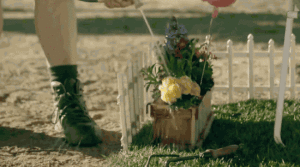 The lingering and controversial California drought has unearthed some interesting views about how we prioritize how we use water. What if there was a way to conserve drinking water and STILL have enough to water our drought thirsty lawns or wash laundry – or to clean trucks in a commercial facility?
The lingering and controversial California drought has unearthed some interesting views about how we prioritize how we use water. What if there was a way to conserve drinking water and STILL have enough to water our drought thirsty lawns or wash laundry – or to clean trucks in a commercial facility?
The time has come to get serious about how we choose to use water!
Do you know that only one inch of rain can supply thousands of gallons of water for non-drinking uses? Think in terms of lawn watering, toilet facilities and laundry for commercial and residential applications. The time has come to get serious about how we choose to use water; the reality is (especially in California) that there may not be enough for drinking one day – and sooner than you might think.
The Los Angeles Department of Water & Power has released a video that quickly points out the benefits to capturing rain water for use in irrigation. Take a look at the video below and consider adding rainwater collection to your next residential or commercial project.

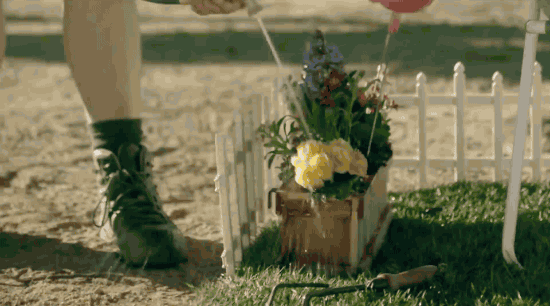
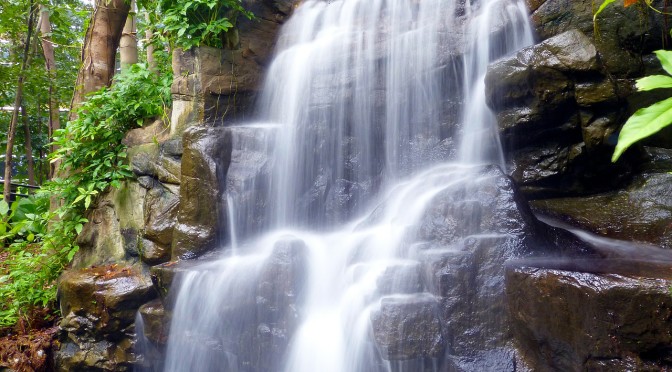
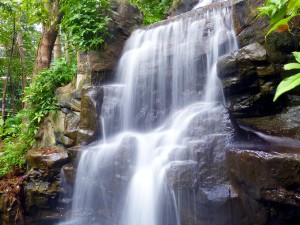 The American Rainwater Catchment Systems Association,
The American Rainwater Catchment Systems Association, 
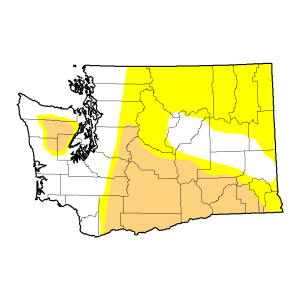 Snow pack in the Cascades is 7-50% of normal and the Olympics at only 7% at the end of March. The US Drought Monitor shows that the affected areas of “abnormally dry” is the North Eastern part of the state with the South Eastern being “moderately dry” while the Olympics are at “moderately dry”.
Snow pack in the Cascades is 7-50% of normal and the Olympics at only 7% at the end of March. The US Drought Monitor shows that the affected areas of “abnormally dry” is the North Eastern part of the state with the South Eastern being “moderately dry” while the Olympics are at “moderately dry”.